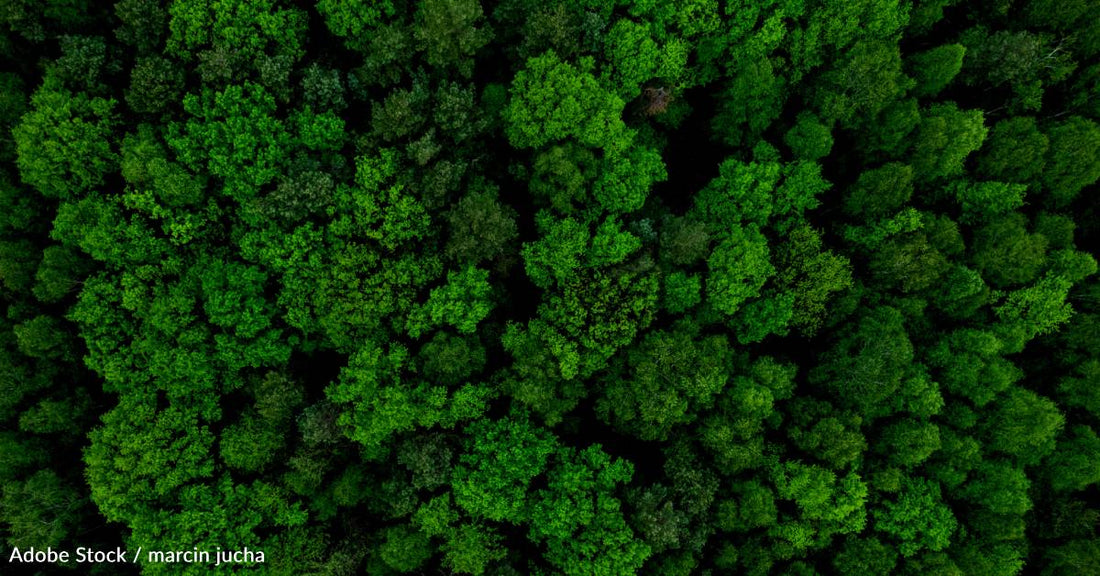Biodiversity Intactness Declining More in Protected Areas Than in Non-Protected Areas
Michelle Milliken
Two years ago, nearly 200 nations across the world agreed to a plan to protect 30% of lands and waters by 2030. A new analysis finds, though, that the process of protection may need to be more involved, as biodiversity intactness is declining faster in protected areas than in non-protected areas.
London’s Natural History Museum recently used a Biodiversity Intactness Index it created to see how well critical ecosystem services are being protected following 2022’s Kunming-Montreal Global Biodiversity Framework and its 30 by 30 goal. Critical ecosystem services are direct and indirect services provided by land, including food, energy, raw materials, water filtration, and carbon storage.

According to the museum, the top 30% of land with the most critical services benefits more than six billion people. Of this land, 22% is protected. Its biodiversity intactness level was at 73.23% in 2020, compared with 55.41% found in important locations outside protected areas.
However, between 2000 and 2020, biodiversity intactness declined the most, by 2.12%, in the protected critical areas. Protected areas overall saw a decline of 2.01% during that time period and had 71.6% biodiversity intactness by 2020. Globally across all lands, the decrease was 1.88%, down to 59.37% overall.

With the accelerated declines in critical protected lands, the museum says the current conservation approach needs to be upgraded to sustain these important ecosystems before they’re lost.
A write up from the museum explains, “We need to move beyond the current approach to designating protected areas and place more emphasis on the quality of those areas, their effective management and the value they return for people and nature.”

They offer three areas of possible improvement. More attention should be paid to effectively conserving the most critical areas, there should be dynamic and closely monitored processes that allow for managing up if needed, and the ability to monitor and model biodiversity at national and international levels should be increased.
If you’d like to help on the other end of the 30 by 30 initiative, by protecting marine areas, click here!

